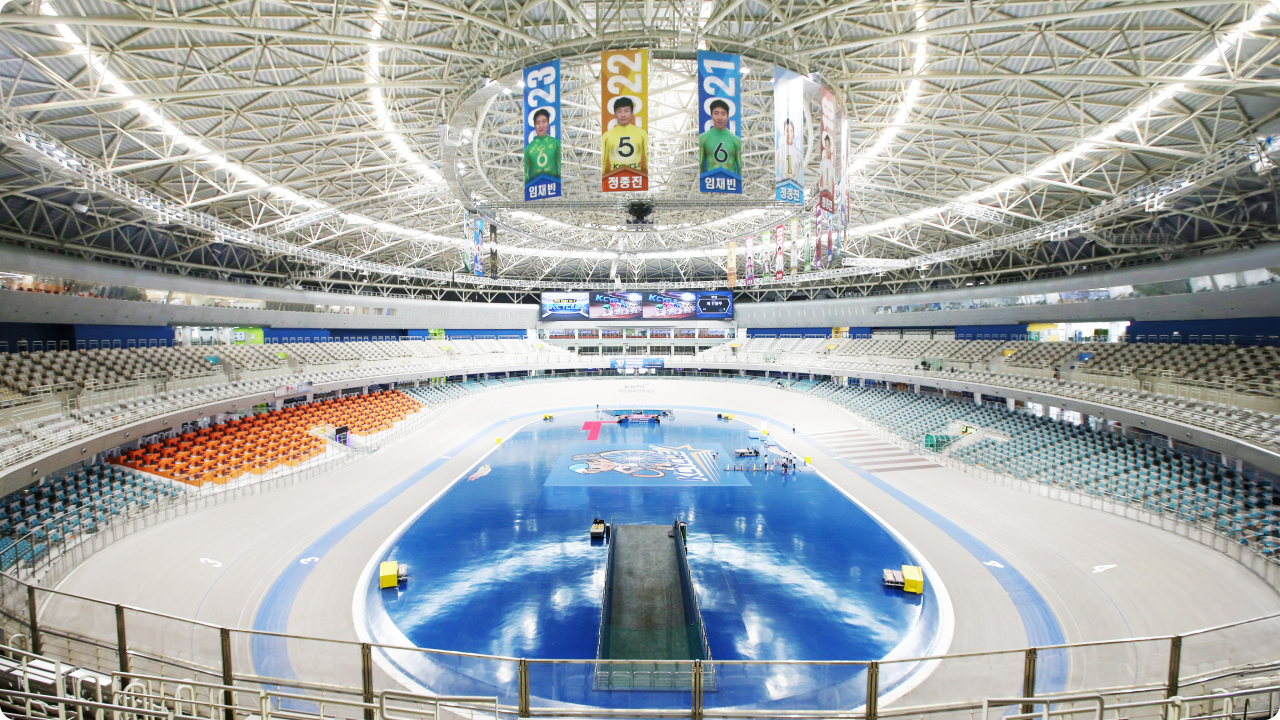Dim


Please wait a moment!
The page is loading!


The page is loading!
Let's learn about the velodrome!
A velodrome is a racing venue specifically designed for cycling track events, typically oval or circular in shape.
The velodrome ensures the safety of both the riders and spectators as its top priority. It is equipped with various facilities and advanced judging equipment necessary for the race.


Riders must remain to the outside of this line during the race.
In the final lap, it refers to the finish line, which is the basis for determining the ranking.